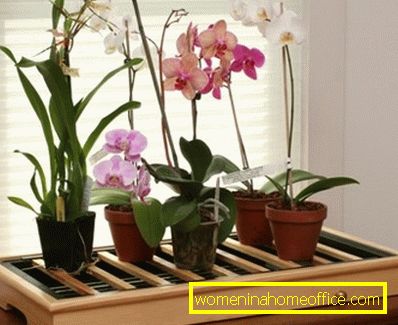Rules for buying indoor plants
It often happens that a purchased plant intended to please us for many years, dies. Perhaps the whole thing - in its improper transportation from the store home. Or we already bought a sick plant, without having recognized it in shop.
Buy right!
It is important to know that plants are grown in greenhouses and transferring them to other conditions is a great stress for them. Therefore, buy plants in those stores where they are pre-hardened.
Better to make a purchase from late spring to mid-autumn.
Do not purchase flowers on the street as samples!
Carefully inspect before buying the leaves and stems of the plant, whether there is any damage to them or nonspecific formations. If you are all arranged in the plant, and there are no defects on it - it is great.
Properly transport home!
Choosing a plant, make sure that it is well wrapped - it will save him on the road from drafts. In winter, the packaging should be closed at the top. It is correct to carry a plant in hands or to lead in the car, only so that it does not get damaged.
Give the plant time
Bring home, put the plant in a warm place. Protect the plant for several weeks from drafts and direct sunlight. Do not water too plentifully. Do not move it at this time from place to place - it will prevent him from getting used to the new environment.
Azalea, chrysanthemum and cyclamen should be immediately put on the lit place. It will be permanent for them.
Choose capacity for plants
When buying plants pay attention to the capacity in which it grows. This may be a pot to be put on a pallet or placed in pots. It may also be a container in which there are several pots of plants.

The pots are mainly made of plastic or clay. Depending on what the pot is made of, watering requirements vary.
Do not transplant a flower from a plastic pot to an earthen pot and vice versa. This will make it difficult for you to take care of the plant. Better to stick a pot of one of some material.
Both plastic and clay pots have their pros and cons compared with each other. In clay pots, drainage is necessary, and they are of the same color, but the porous material allows excess water to evaporate and harmful salts are washed out. Plastic pots are easier to wash, as drainage is not needed. You can choose any color of the pot that you like more. The plant in them can be less watered. And also when falling the pot, unlike clay, will not break.
Now that you know how to choose the right plant in the store, how to transport it home correctly, all you have to do is to choose the pot and the plant that will grow in it.
